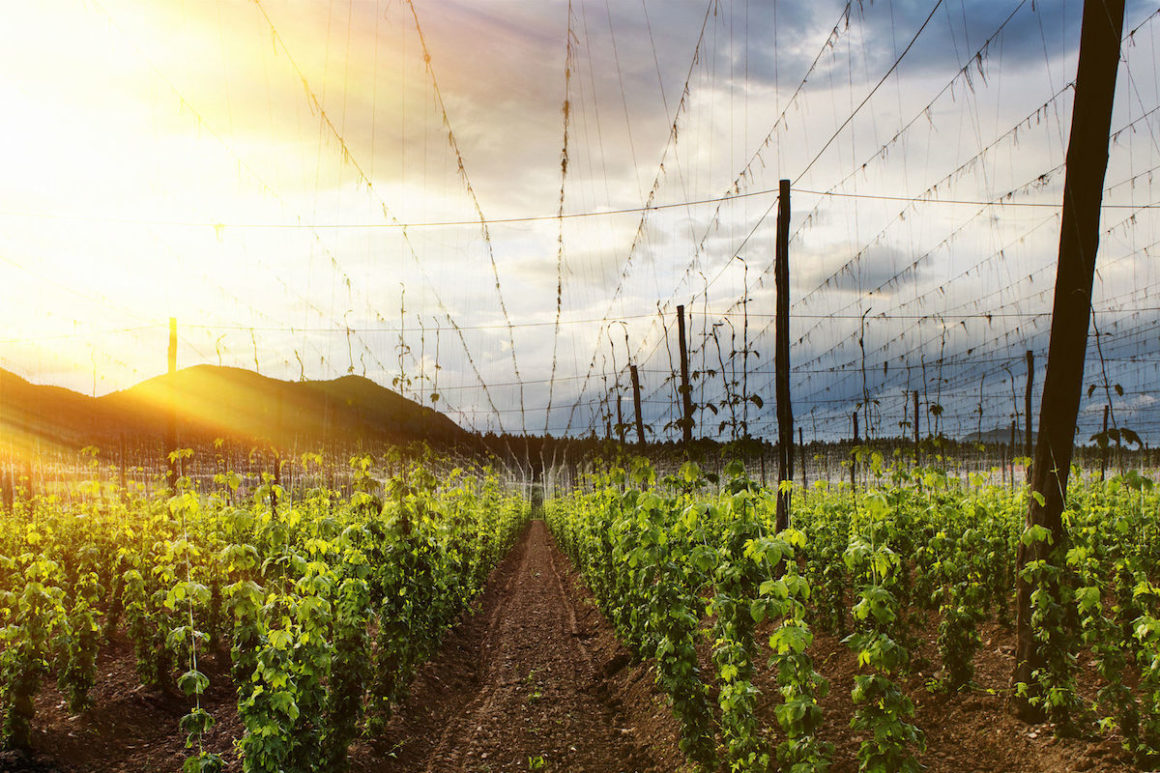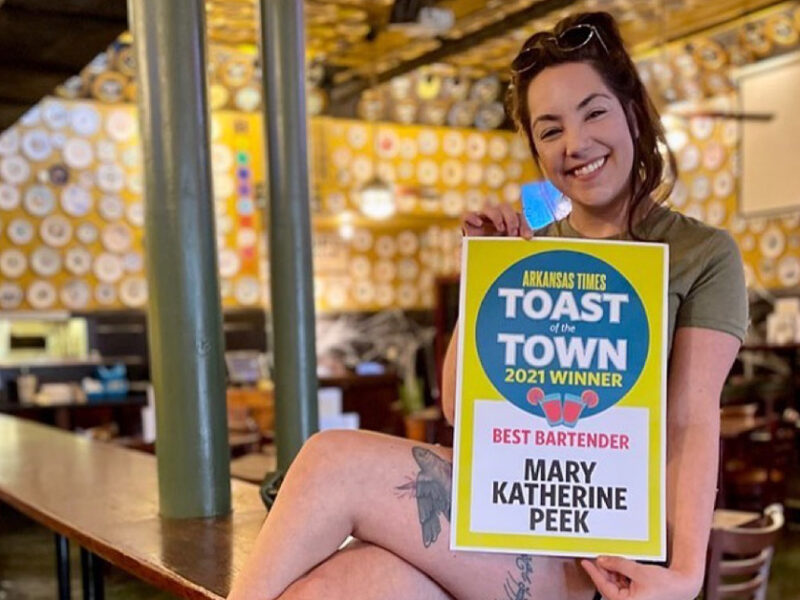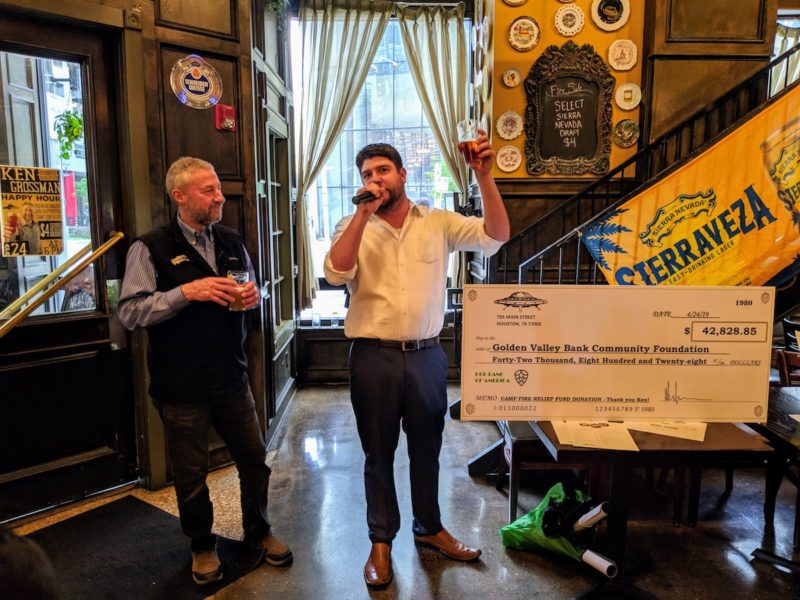During the past few years, the dominant trend in American craft beer has been to out-hop the competition with bigger, badder, bitterer beers. But is the IPA bubble about to burst?
Thanks to a combination of unfavorable weather and rapidly increasing demand, brewers around the world are faced with the unthinkable: a hop shortage.
How did we get here?
Until recently, commercial beer in the United States consisted of light lagers that relied more on malt and adjuncts than hops. But in the past six years, the number of craft breweries increased 167 percent, with nearly all of them producing at least one IPA or pale ale. Today, craft beer makes up nearly 8 percent of all beer sold in the United States, according to the Financial Times, and the increasing popularity has strained hop inventory. Mother Nature isn’t helping either. Last summer’s hot and dry weather blighted the European hop harvest, shrinking Germany’s production by 27 percent, according to the International Hop Growers’ Convention. American farmers didn’t fare any better. Washington’s Yakima Valley, which is responsible for three-fourths of U.S. production, was hit by a drought.
The result of this perfect hop storm? An increase of up to 50 percent in the cost of certain hop varieties.
Who’s the hop shortage hurting?
Globally, demand for luscious, aromatic U.S. hops such as Citra, Amarillo and Simcoe is higher than ever. In Washington State, for instance, 60 percent of acreage is devoted to aromatic varieties — double the allocation of a few years ago. Since many aromatic varietals don’t yield as much, they cost more to begin with.
For some brewers, that means bartering or begging. Kevin Brand, owner of Austin’s (512) Brewing Company, recalls seeing a beer buyer announce his search for Citra with a button on his shirt: #willworkforcitra
Can’t we just make more?
That’s easier said than done. With the explosive demand for craft beer — the hoppier the better, to some — you’d think farmers would be fighting tooth and nail to get into the game. Unfortunately, as the Associated Press reports, the initial investment for a hop farm can be an unwelcome $250,000. Then you have to be patient, as some plants require five years to reach full production. So there’s light at the end of this tunnel — but it’s a long way away.
Is my favorite beer going to be unavailable?
Most likely, no. The majority of small and large brewers maintain contracts with hop growers, which protects them from sudden price surges.
“We maintain a five-year rolling contract for the hops we need,” shares Brand. “That has made running out of hops we use on our core beers virtually impossible.” However, he adds that the spot market, which includes hops not already allocated to contracts, is tighter than ever. For small batches, he decides what to make based on availability, though some of the hops he’d like to use, such as Citra and Mosaic, aren’t available on the fly. #willworkforcitra
Jaki Brophy, communications director at the Washington Hop Commission, echoes this observation. “The spot market isn’t as plentiful as before but this isn’t a big issue,” she says, adding that the spot market allows brewers to buy surplus hops if they underestimated their need during contracting. In the short term, this could mean brewers are out of luck if one of their beers suddenly becomes more popular.
Getting creative
Necessity, some say, is the mother of invention. So until the hop harvest produces major bounty again, brewers may turn to creative solutions. For some, that means experimenting with SMASH beers, which are distinguished by their “single malt and single hop” recipes. Rather than relying on a melting pot for a hop schedule, brewers can emphasize a single rotating hop and, in this case, showcase those varietals that are more readily available.
We may even see the resurgence of Gruit, an ancient ale style that relies on herbs like mugwort, horehound and bog myrtle, plus adjuncts like juniper, ginger and aniseed. New Belgium and Dogfish Head have both experimented with this style in the past.
Could this hop shortage be the worst hangover ever? We’ll just have to see.








